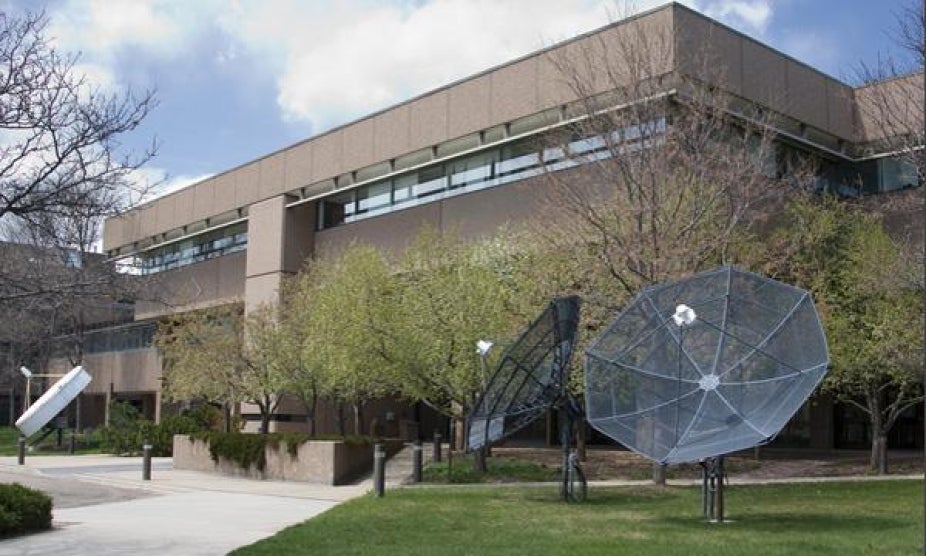MPAS-Atmosphere Tutorial
Winter 2026
Overview
The Mesoscale and Microscale Meteorology (MMM) Laboratory of the NSF National Center for Atmospheric Research (NSF NCAR) will be hosting a virtual tutorial on the Model for Prediction Across Scales – Atmosphere (MPAS-A). The tutorial will cover the basics of how to set-up, run, and post-process stand-alone MPAS-A simulations. Topics that will be covered will include:
- Horizontal (uniform and variable resolution) mesh configuration
- Global and regional configurations
- Real-data and idealized case initialization
- MPAS-A dynamical solver and numerical methods
- MPAS-A physics
- Software framework and MPAS infrastructure
- Post-processing tools
The primary audience for this tutorial is new or beginning users of MPAS-Atmosphere. Basic knowledge of atmospheric science and numerical modeling, as well as experience working within a Unix computing environment, is required for the tutorial.
The tutorial will consist of live lectures, questions and answer sessions, and practical sessions where participants will gain experience building, configuring, and running the MPAS-Atmosphere model.
Please note that this is a virtual-only tutorial, with no in-person participation. All lectures and practical sessions will make use of a Zoom meeting.
Important Dates and Notes
- Application opens: Monday, 1 December 2025
- Last day to apply: Tuesday, 30 December 2025
- Participation fees due: Friday, 2 January 2026
Participation Fees:
- Full-time U.S. university students: $50
- All others: $100
About MPAS-Atmosphere
The Model for Prediction Across Scales - Atmosphere (MPAS-A) is a variable-resolution nonhydrostatic atmospheric model with both global and regional capabilities. The defining features of MPAS-A are its horizontally unstructured Voronoi mesh and C-grid discretization. The C-grid discretization, where the normal component of velocity on cell edges is prognosed, is especially well-suited for higher-resolution, storm-resolving applications. The unstructured Voronoi meshes, formally Spherical Centroidal Voronoi Tesselations (SCVTs), allow for both quasi-uniform discretization of the sphere and local refinement.
MPAS-A is freely available through its GitHub repository (https://mpas-dev.github.io/). It contains multiple atmospheric physics suites, the Noah land model, and utilizes specified sea-surface temperatures in its applications. The primary development of MPAS-A, and its community support, is led by NSF NCAR’s Mesoscale and Microscale Meteorology Laboratory. For data assimilation applications, both the Data Assimilation Research Testbed (DART and the Joint Effort for Data assimilation Integration (JEDI)) work with MPAS-A and are available to the community. Among its many applications, it has been used in global storm-resolving studies, in global variable-resolution forecast experiments, and to provide real-time forecasts for NSF sponsored field programs.
